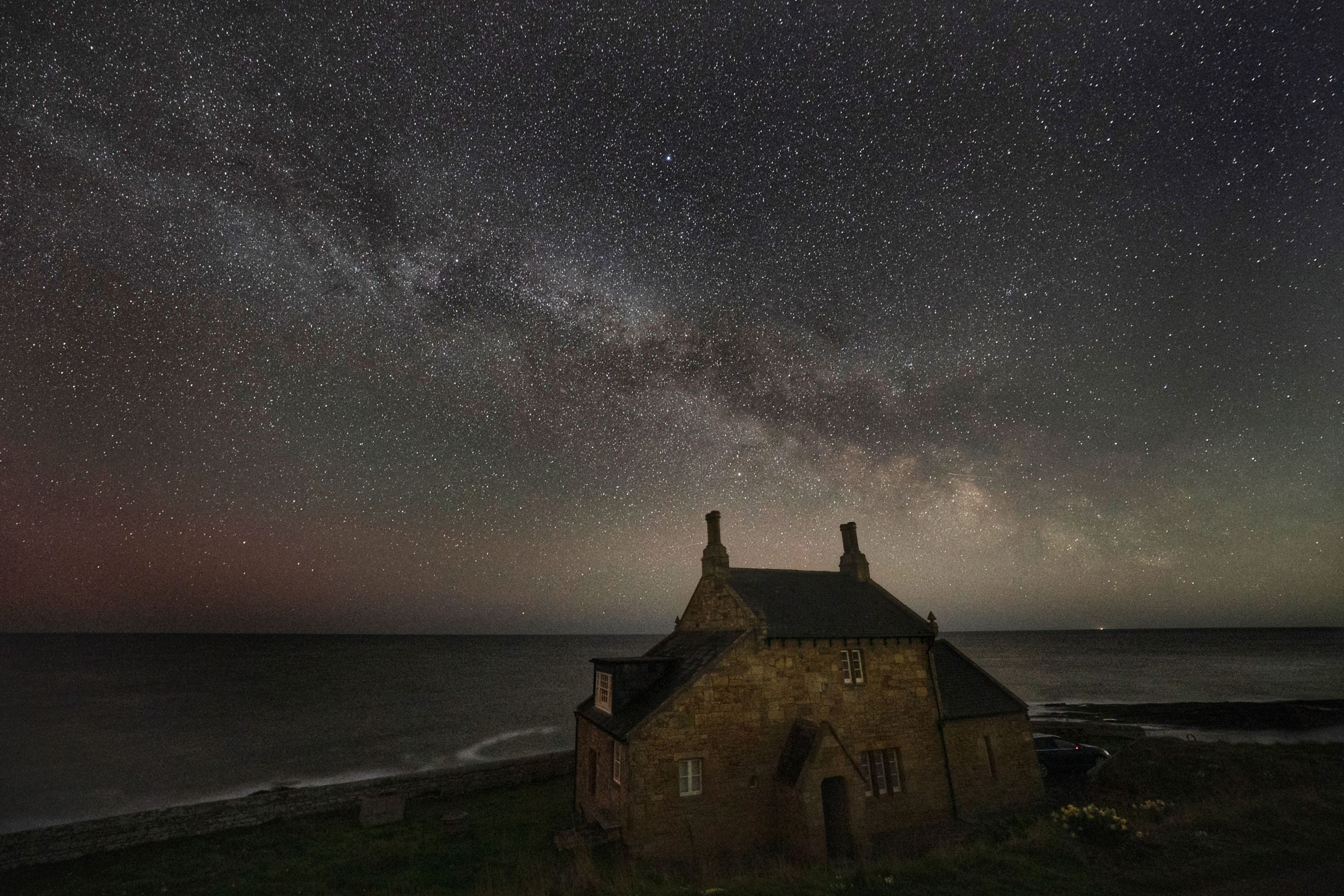Astronomers detect oldest black hole ever observed – study
The black hole is from 400 million years after the big bang, more than 13 billion years ago.

Astronomers have discovered the oldest black hole ever detected, and found that it is eating its host galaxy to death.
The researchers, led by the University of Cambridge, used the James Webb Space Telescope (JWST) to detect the black hole, which dates from 400 million years after the big bang, more than 13 billion years ago.
According to the researchers, the existence of the massive black hole – a few million times the mass of our Sun – so early in the universe challenges assumptions about how black holes form and grow.
It’s very early in the universe to see a black hole this massive, so we’ve got to consider other ways they might form
Astronomers believe supermassive black holes found at the centre of galaxies like the Milky Way grew to their current size over billions of years.
However, the size of the new discovery suggests they might form in other ways.
They might be born big, or they can eat matter at a rate that is five times higher than had been thought possible.
Lead author Professor Roberto Maiolino, said: “It’s very early in the universe to see a black hole this massive, so we’ve got to consider other ways they might form.
“Very early galaxies were extremely gas-rich, so they would have been like a buffet for black holes.”
Standard models suggest supermassive black holes form from the remnants of dead stars, which collapse and may form a black hole about a hundred times the mass of the Sun.
The newly-detected black hole would take about a billion years to grow to its observed size, if it had grown in this way.
However, the universe was not yet a billion years old when this black hole was detected.
Like all black holes, this young black hole is devouring material from its host galaxy to fuel its growth.
However, the study suggests it gobbles matter much more vigorously than others.
The black hole is at the centre of a young host galaxy, called GN-z11.
GN-z11 is a compact galaxy, about one hundred times smaller than the Milky Way, but the black hole is likely harming its development, researchers say.
When a black hole consumes too much gas, it pushes the gas away like an ultra-fast wind, and this could stop the process of star formation, slowly killing the galaxy.
This would also kill the black hole itself, as it would also cut off its source of food.
Prof Maiolino says that the gigantic leap forward provided by Nasa/European Space Agency (Esa)/ Canadian Space Agency (CSA)’s JWST makes this the most exciting time in his career.
He explained: “Before Webb came online, I thought maybe the universe isn’t so interesting when you go beyond what we could see with the Hubble Space Telescope.
“But that hasn’t been the case at all: the universe has been quite generous in what it’s showing us, and this is just the beginning.”
Black holes cannot be directly observed, but instead they are detected by a tell-tale glow which forms near the edges of a black hole, and energy being radiated in the ultraviolet range.
The research, supported in part by the European Research Council, the Royal Society, and the Science and Technology Facilities Council (STFC), part of UK Research and Innovation (UKRI), is published in the Nature journal.
Bookmark popover
Removed from bookmarks